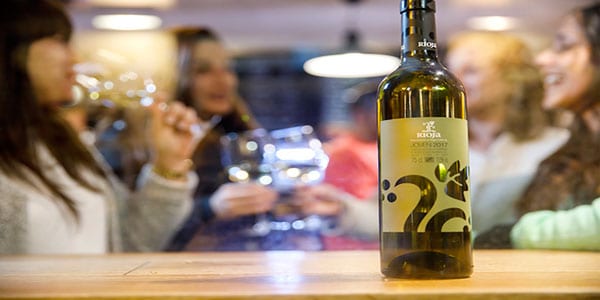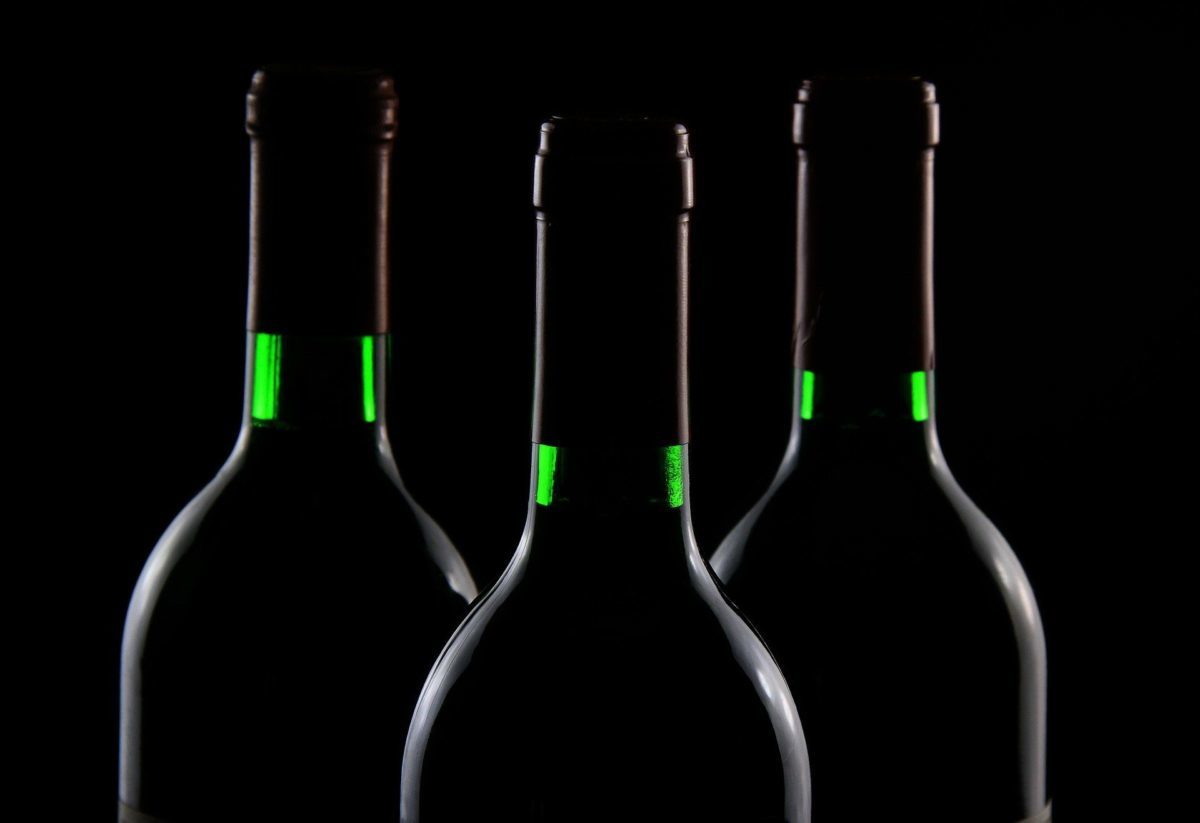El Regulatory Council last Friday modified the regulation of minimum requirements to be fulfilled by tagged of the wines of the Rioja Qualified Denomination of Origin. With this regularization of new indications of winemaking and vineyard methods, Rioja labeling improves your traditional guide. All this with the aim of offering more and more reliable information to the consumer about the origin of the product.
El President of the Regulatory Council, Fernando Salamero placeholder imageHe stated that “from now on, and in an orderly manner, wineries will be able to provide their labels with additional information. It will be through these new express references that they can be used only when for traceability it is shown that the wine has been made in this way or using said techniques. In this way, the transparency and truthfulness that characterize Rioja ».
The new regulated terms are the fruit of a line of work developed by the Regulation Commission of the Regulatory Council. This is how you agree to carry out a review biannual for the inclusion or development of the following mentions in the Rioja labeling:
Wines 'matured in the cellar' in the Rioja labeling
This new expression may not be used in combination with drawings, expressions or mentions relating to the barrel, oak or wood. Neither will the use of expressions related to 'aged' or 'aged' fit.
'Selected and limited editions or collections'.
This figure You must communicate what the collection, selection or edition consists of, as well as the total volume of the lot. Inclusion will be optional.
'Old, centenary or pre-phylloxera vines'
EThese mentions may be used as long as a minimum age of 35 and 100 years - in old and centenarians respectively - and be prior to 1900 in the case of pre-phylloxera. In all of them, the wine must be made with at least 90% of the grapes from these vineyards.
'High altitude vineyards'
Ethis requirement must prove by traceability that the minimum height of the vineyard is 550 meters above sea level. The wine must be made with at least 90% of the grapes from these vineyards.
'Owned vineyards'
EThe wine that so wishes must prove that it comes from vineyards owned by the winery - or business group that owns the facilities. - or exclusively have any valid legal title that proves that the resulting production is for a minimum period of 10 years without interruption. 90% of the grapes will come from these vineyards.
'Bottled on the property'
This expression may only be used when the brand is owned by the winery or business group that owns the facilities.
'New elaborations with lees, concrete or clay jars'
These production mentions may be used when, due to traceability, it is shown that the wine has been produced in this way. Exclude the expression 'matured' in the Rioja labeling.

The term harvest must always be accompanied by the to nothing. Any registered expression will not be able to stand out on the distinctive sign exclusive of the brand or on the name of the Denomination nor the traditional term that accompanies it below. Mentions are not considered those terms that refer to the organoleptic qualities Of the wine. In turn, edaphological conditions They may be mentioned in the captions on informational back labels.
Furthermore, the Full also ratified a shortening of the requirements for the use of the traditional term 'breeding' of the white and pink. In this way it is specified that the aging will take place during, at least, 18 months. These wines will undergo the traditional mixed aging system in 225-liter oak barrels. Continuously and without interruption for at least six months, followed and complemented by bottle aging.
In short, this Rioja labeling update ratifies the commercial interest on the part of the sector in the elaboration of these wines. Thus, it allows to advance its release to the market by six months, taking advantage of the spring, season where the consumption of these shoots up. On the other hand, this setback in the minimum times of the term 'parenting' allows you to avoid overlaps with those labeled as'reservation', evidencing the difference in aging between them.






